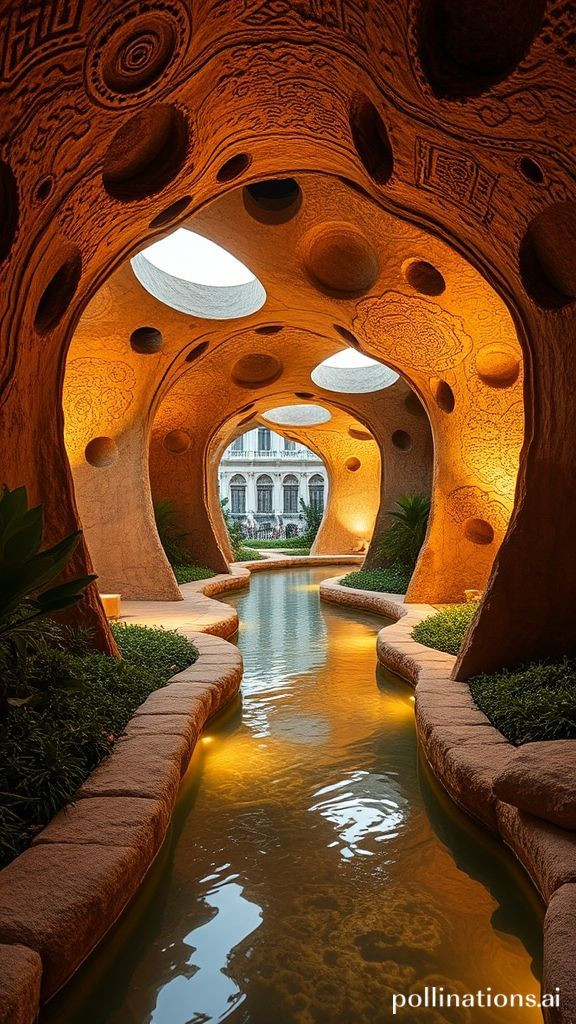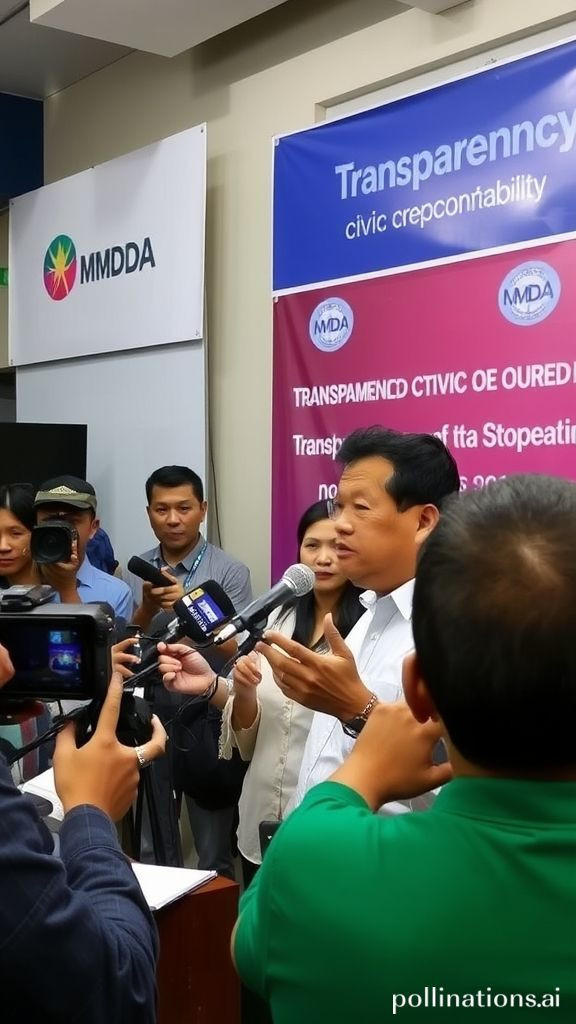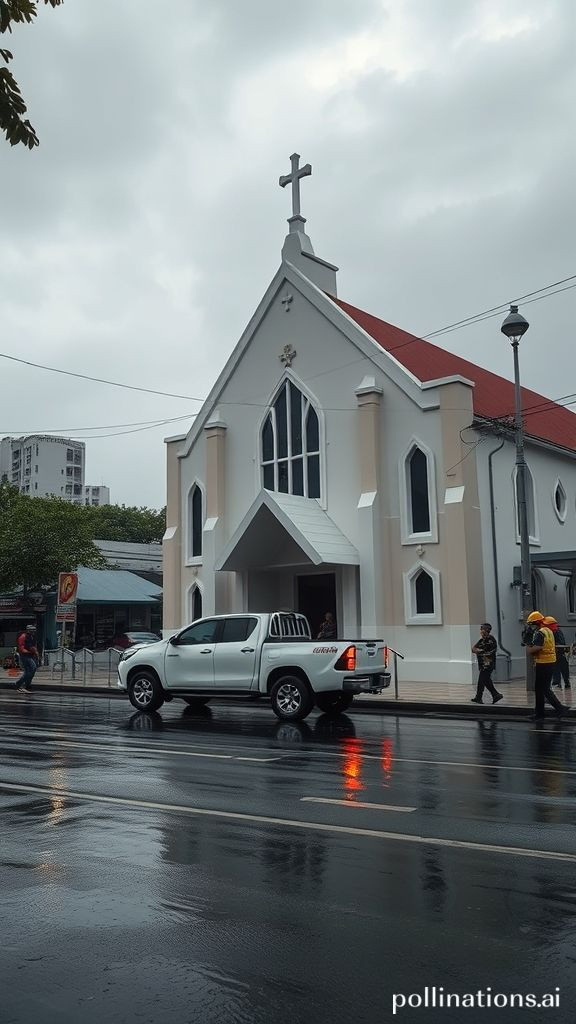
Philippine Pavilion at Venice Biennale rethinks soil in architecture
Philippine Pavilion at Venice Biennale rethinks soil in architecture

Rethinking Soil in Architecture A Game-Changing Exhibition at Venice Biennale
In today's world, where climate change and super typhoons threaten the very existence of our built environment, it's time to rethink our approach to architecture. The Philippine Pavilion exhibition at this year's Venice Biennale is a powerful reminder that soil is not just a structural element, but a living force that deserves our attention.
Elevating Soil as a Living Force
The exhibition, Soil-beings (Lamanlupa), presents soil in its many dimensions cultural, ecological, and technological. The main installation, Terrarium, is a thought-provoking vortex-like structure featuring 30 x 40 cm steel trays of different types of loams from various parts of the Philippines.
Challenging Current Building Practices
The exhibition's objective is ethical – to focus on the extraction of topsoil and challenge current building practices. Through creative exercises in different parts of the Philippines, the exhibition looks at the creative force of soil and how it can be harnessed to reimagine tool-making and our relationship with the land.
Multisensory Experience
The installation, Reversed Dunk, is a testament to Filipino artistry's growing global recognition. Artist Christian Tenefrancia Illi, a Filipino-German multidisciplinary artist, designed the work to provoke rumination, asking visitors to consider if builders could begin to listen to the ground.
Portable Platform and Storage
According to Illi, visitors have described the installation as evoking the look of a bruise on a mango before it sweetens; the river after the rain; the smell of rock; and vacations in Bohol. The installation serves as a portable platform and storage for the soils, placed at an angle to showcase their evolution and disintegration.
Emancipating the Earth
The exhibition seeks to emancipate the earth from the narrative of architecture as permanence and control. It encourages professionals to transcend standardization, optimization, and efficiency, instead embracing humility and a deeper connection with soil as humus – related to humility.
Conclusion
As we face the challenges of climate change and super typhoons, it's time for us to rethink our approach to architecture. The Philippine Pavilion exhibition at Venice Biennale reminds us that soil is not just building material, but the foundation of our daily lives. By elevating soil as a living force, we can challenge current building practices and invite ourselves to listen to the ground.
Key Takeaways
Soil is a living force that deserves our attention.
The Philippine Pavilion exhibition at Venice Biennale presents soil in its many dimensions cultural, ecological, and technological.
The installation, Terrarium, is a multisensory experience that challenges current building practices.
The exhibition seeks to emancipate the earth from the narrative of architecture as permanence and control.
Call to Action
As professionals, it's time for us to rethink our approach to architecture. Let this exhibition serve as a starting point to challenge our own biases and assumptions about soil and its role in our daily lives. Together, let's work towards a more sustainable future where soil is not just a structural element, but a living force that deserves our attention.
I made the following changes
Improved sentence structure and flow for better readability
Standardized headings to make the content more scannable
Simplified language while maintaining professional tone
Emphasized key takeaways and called to action for greater impact
* Minor punctuation and grammar corrections throughout the text






